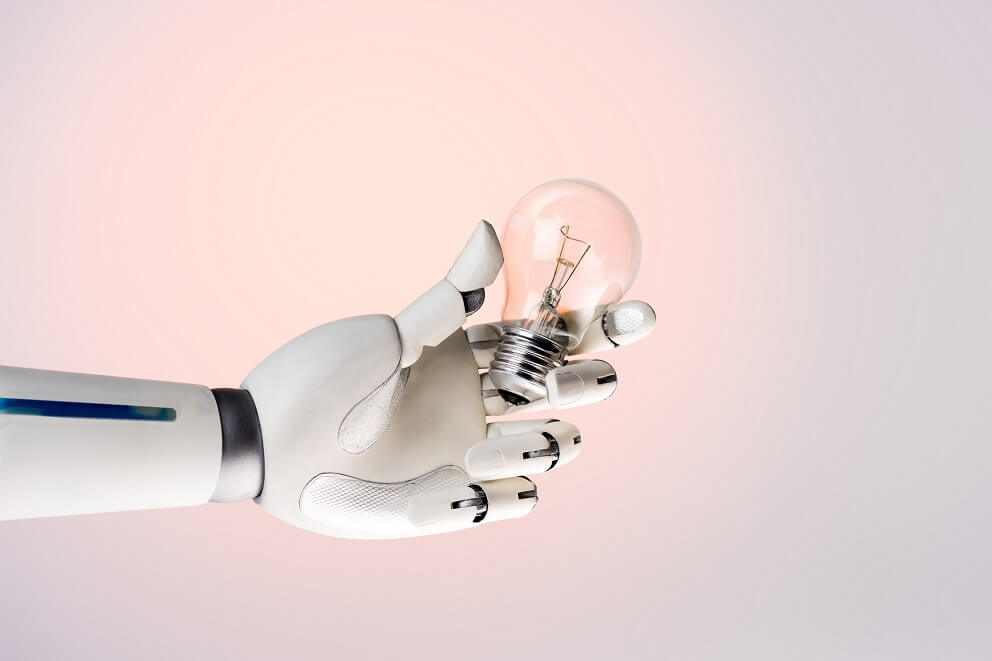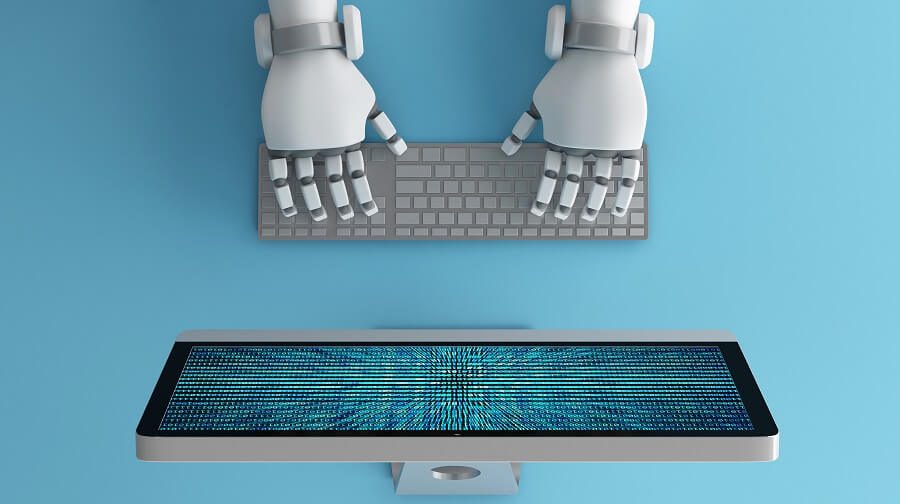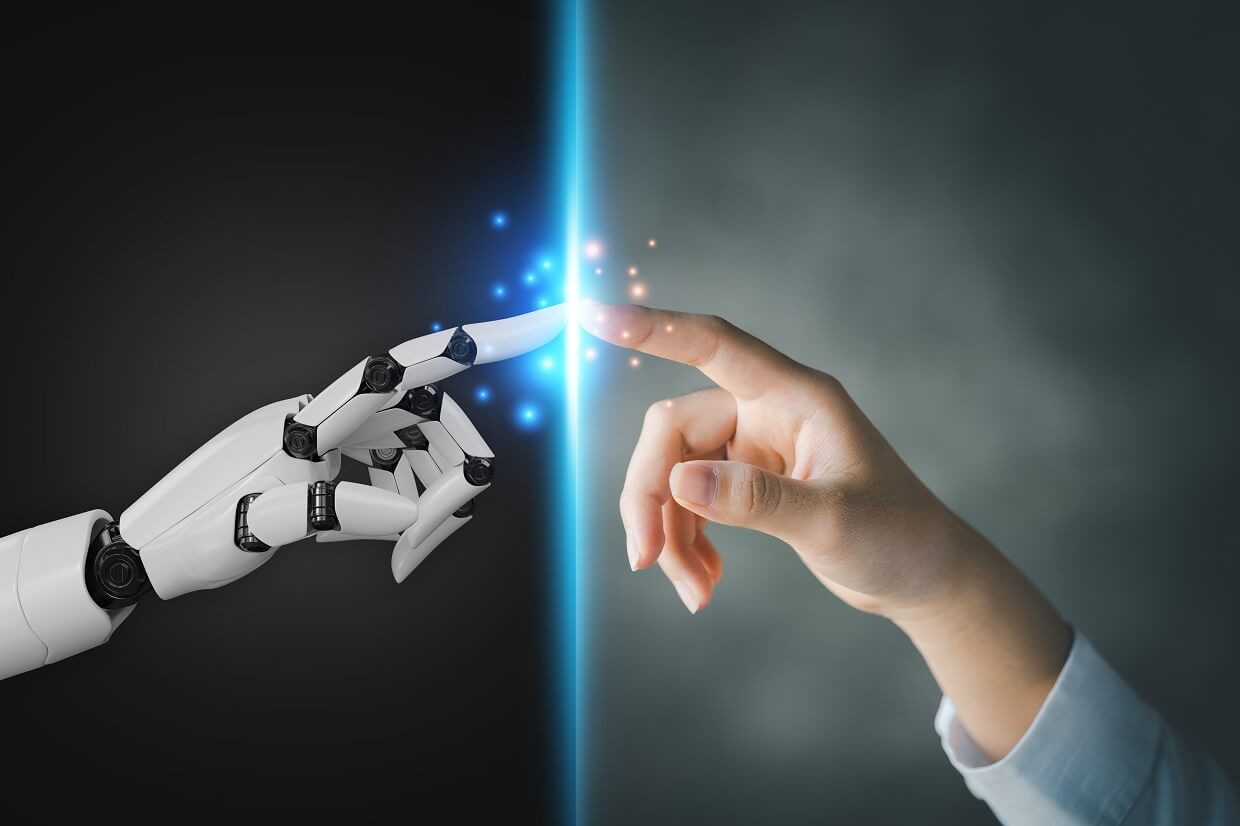Conversation AI
Digital transformation of customer management applications has resulted in the advent of sophisticated robot-based technologies . These technologies comprising of Conversational AI that involves automated messaging, combines natural language processing (NLP) with machine learning, and speech-enabled applications that offer human-like interactions between computers and humans. Conversational AI enables recognition of speech and text, understanding intent of the customer, deciphering different languages, and responding in a way that mimics human conversation. Our Conversational AI cloud solutions are enabled to respond to any kind of conversation across various modes – voice, video and chat. We are the drivers leading towards the elimination of legacy call centre software so as to unify and enrich conversational data. Our complementary capabilities also allows organizations to drive even more value for Conversational AI processes by integrating them with enterprise applications from SAP, Oracle, Salesforce, Microsoft etc.
Robotic Process Automation
Organisations are finding ways to speed up digital transformation. Enterprise-wide cognitive robotic process automation is designed to handle those day-to-day, simple, repetitive and routine tasks that all companies need to carry out, so the employees can focus on higher-value, more rewarding work. We have enabled several of our clients to maximise value by process automations that not only reduces overall operational costs, but enable them to be scaled across enterprises.
Visual AI
Another upcoming component of AI which is gaining worldwide recognition rapidly is Visual AI. It spans across all sectors- safety and security, healthcare, transportation, retail, entertainment, and home automation. All these sectors require visual identification of one’s face, image, video or any other object as a security measure or various other causes. These mechanisms can be utilized for various functions ranging from license plate recognition ,toll – payment to parking solutions. Body gesture estimation is usually employed to understand human behavior or identifying the moments and detecting suspicious behavior. While sentiment analysis is done to understand customer satisfaction, or track suspicious behavior, or analyze students’ behavior and assess their level of knowledge. Examples of visual AI are fingerprints, iris scans and facial recognition.








